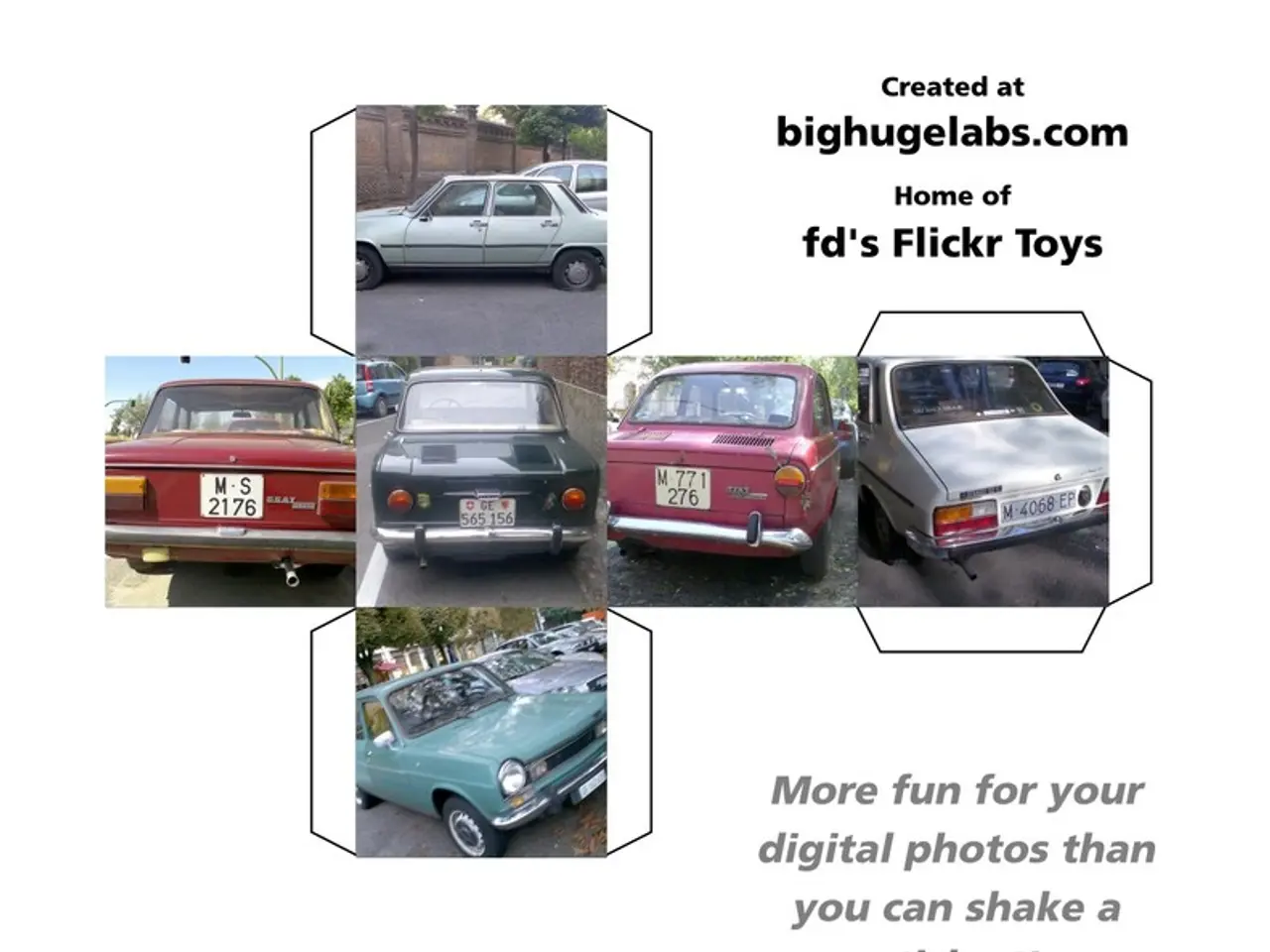Majority of Germans oppose introduction of robotaxis, survey reveals
In the realm of autonomous vehicle development, Stan Zurkiewicz, CEO of the testing company Dekra, has expressed optimism about the safety of fully automated vehicles. According to Zurkiewicz, these vehicles could potentially be at least as safe, if not safer, than human drivers, given that the majority of today's accidents are due to human error.
This optimistic outlook comes as various field trials of self-driving electric cars and ongoing projects involving fully autonomous electric shuttles are underway across Europe. For instance, German companies like Volkswagen, Continental, and those involved in the KIRA project supported by Rhein-Main-Verkehrsverbund and Deutsche Bahn, are making significant strides in this area. Volkswagen, for one, is driving the deployment of a special version of its electric minibus, the ID. Buzz.
While the progress of automated driving is welcomed in terms of traffic safety, according to Zurkiewicz, the widespread use of robotaxis in Germany is currently hindered by a lack of public trust. A representative survey by Civey on behalf of Automobilwoche reveals this, with 62% of German citizens currently rejecting rides in self-driving taxis, and about half of the respondents ruling out the option entirely. However, there is a silver lining; 29% of German citizens surveyed are open to using robotaxis, and younger people (aged 18-39) show more openness towards the idea, with 33% of those aged 18-29 and 44% of those aged 30-39 receptive to the idea.
The statement by Stan Zurkiewicz was made to Automobilwoche, a publication that has been at the forefront of reporting on advancements in the automotive industry. Companies like Waymo and Tesla in the US are pushing for breakthroughs with pilot projects of fully autonomous electric cars, further fuelling the conversation about the future of transportation.
Assistance systems have already noticeably improved traffic safety, according to Zurkiewicz, and the advent of robotaxis could potentially herald a new era of safe and efficient transportation solutions. As the trials and projects continue to progress, it will be interesting to see how public opinion evolves and whether the optimism about the safety of robotaxis becomes a reality.
Read also:
- Peptide YY (PYY): Exploring its Role in Appetite Suppression, Intestinal Health, and Cognitive Links
- Toddler Health: Rotavirus Signs, Origins, and Potential Complications
- Digestive issues and heart discomfort: Root causes and associated health conditions
- House Infernos: Deadly Hazards Surpassing the Flames








